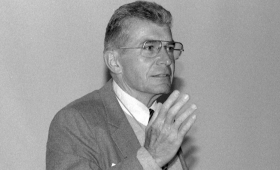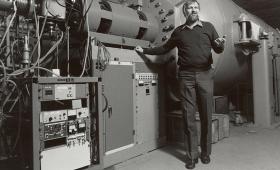In the late 1960s, Robert Parker, a weapon’s program engineer who began his career at the Livermore Laboratory in 1958, was studying how materials like liquid crystal films and coatings responded to rapid heating.
A Look Back
Fifty years ago in December 1974, LLNL’s inertial confinement fusion (ICF) program blasted a glass ball so tiny it was hardly visible to the human eye.
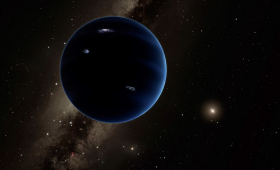
In the early 1970s, mathematicians in the Computation Division of LLNL posited the existence of a massive planet far beyond the orbit of Pluto.
At approximately 10 p.m. on Wednesday, Nov. 2, 1988, LLNL computer scientist Russell Brand's load on his VAX computer dramatically increased by 1,000-fold within a few seconds.
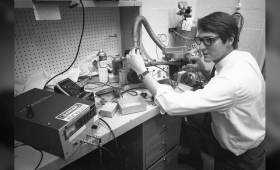
In March of 1998, two city officials and a local family in the city of Fremont, California, were the victims of fire-bomb and pipe bomb attacks.
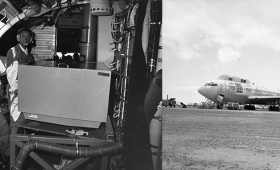
In November of 1966, nine Livermore employees set out to perform certain measurements of the sun’s corona, as well as other features, that were possible only when the sun’s brilliance was masked by an eclipse.

Programmable electronic computers gradually supplanted human computers over the course of the 1950s, but women found ways to remain in the new field of computing.
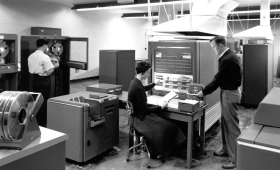
LLNL mathematician helps FORTRAN became the first computer language standard, opening the door to modern computing.
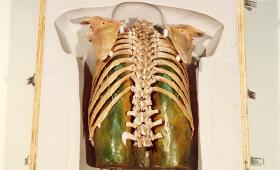
Livermore researchers construct three realistic torso-only manikins to aid with radiation measurement.


